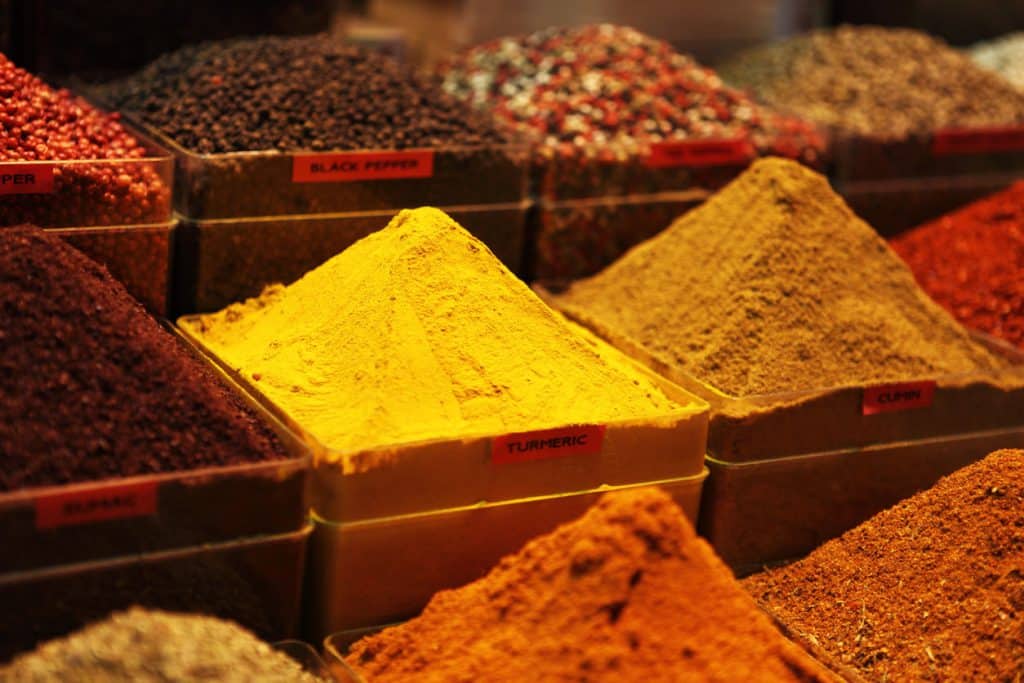The significance of this month

Istanbul is illuminated by good tidings as Ramadan, the holiest month of the year, is welcomed. These good tidings are being heralded in mosques around the city. ‘Welcome Ramadan’, ‘The Holiest Month’, ‘Know it’s Worth’, ‘Know the Great Value of This Month’ are the words that welcome the public to Ramadan.
During Ramadan, Istanbul rises each morning for the pre-dawn mean, to the sounds of drums, usually accompanied, in some parts of Istanbul, by the sound of canons. As İftar (fast-breaking meal) approaches, in Istanbul, there is a sweet sense of peace and excitement in the air, as everyone prepares the feast, whether at home or at work, or the city squares.
Incredible flavors of Ramadan

Although Ramadan meals depend on the season, iftar is always a feast. Olives, pide (Turkish pizza), and dates, salty and sweet treats, are the necessities required for those that fast during Ramadan. What could go better with the warm Ramadan pide straight from the oven than olives and delicious dates? The other flavors of Ramadan feasts are of the Turkish cuisine, which vary from region to region.
Sharing is caring at Ramadan feasts

The Ramadan tents where you break your fast, are where you can enjoy a sense of unity and togetherness. Istanbul Metropolitan Municipality has at least 50,000 different tents, in different area, where warm iftar food is offered.
Hagia Sophia is one spot and Sultanahmet, in all its glory, is the most important address of Sultanahmet Square mass iftar meals. For hundreds of years, thousands of people from Türkiye and abroad come and wait for the evening call to prayer to break their fast at the iftar tables. This magical atmosphere is enhanced by the feeling of love and brotherhood shared by everyone.
For those that cannot get back home in time for Iftar, the Istanbul Metropolitan Municipality organizes Mobile Buffets where iftar food is distributed. Mobile Buffets, which serve 24/7 can be found in Kadıköy, Eminönü, Bakırköy Square and in front of the Şişli Mosque, one of the most central places of Istanbul during the month of Ramadan. An average of 1,000 people is served daily with each Mobile Buffet.
Vibrant squares of Istanbul

After Iftar, from Istanbul mosques a Ramadan call from magnificent minarets resonated through the streets. In the month of Ramadan, women and men, girls and boys of all ages gather at the mosques of Istanbul, to say Teravih prayer. After prayer, the Ramadan events in Istanbul take place in centers such as Feshane, Sultanahmet. Sufi music performances, poetry readings, traditional performances and religious talks liven the spirit of Ramadan. Puppet plays, such as Karagöz and Hacivat are unforgettable and funny Ramadan experiences for children.
Rediscover Istanbul during Ramadan

The Historic Peninsula is the most important part of Istanbul during Ramadan, and the best time to visit the Topkapi Palace, Hagia Sophia, Blue Mosque and Basilica Cistern. Enjoy Istanbul’s Ramadan festivities to the fullest in Gülhane Park, Sultanahmet Square, Çemberlitaş and Beyazıt Square.
Hz. Eyüp Sultan Mosque, where the tomb of Mohammad’s companions, Khalid bin Zaid Abu Eyyub al-Ansari lies, and Oruç Baba Mausoleum, where the first day of fasting in Ramadan begins, are must see places. Here, on the first and last days of Ramadan, visitors are offered the post-iftar treats: olives, vinegar, bread and sugar. During the month of Ramadan, view the Hz. Hirka-i Şe rif, the sacred cardigan bequeathed to Veysel Karani at the request of Muhammad, at the Hirka-i Şerif Mosque. Yahya Efendi Tomb in Çırağan and Yuşa Hill in Beykoz are other important places of worship.
Spice Bazaar and the Grand Bazaar

During Ramadan, the Spice Bazaar and the Grand Bazaar are the places to shop. From jewellers to souvenir shops, glass and copper accesories to handmade rugs, there is no end to the traditional pieces you can find. The Spice Bazaar is ideal for those look to add a unique flavor to their iftar meal.
Farewell

And Bayram… One of the five pillars of Islam for the Muslims who live in the joy of fasting, is a festival/holiday that takes place after Ramadan, known as Ramadan Bayram. First there is the eve of Bayram, Arefe, ‘beautiful days.’ On Arefe eve, special prayers are read. As if worshipping the night of this special day, the minarets that ascend to the sky, emit calls in unison. As the call is sounded it is time to say goodbye to Ramadan. Written in the place of ‘Welcome to O Ramadan’ is ‘Farewell.’ The next day, the feast begins. As in all of Türkiye, in Istanbul, the day begins with morning prayer. After prayer, it is time to visit some elders and explore the streets of Istanbul. Amazing memories are to be made at the Museums, historic hamams, bazaars, palaces and the beloved districts of Istanbul.
Ottoman Ramadan

Throughout the 600-year reign of the Ottoman Empire, the month of Ramadan has always held utmost importance. Preparations for Ramadan would begin 3 months before in houses, mosques and on the streets. The Ottomans always implemented their distinctive traditions. Firstly, the ‘Ramadan Tembihnameleri’ was announced to the public. This tembihnamelerde states the importance of not wasting food, of wearing modest clothing and maintaining hygiene. The debts of the randomly selected people from the debt books called Zimem notebook were eliminated, and bread prices were fixed at an affordable price so no one would stay hungry. During iftar (fast-breaking) all doors were open to visitors. The tables were laden with the finest delicacies of Ottoman cuisine, and specialties of Ottoman iftar. In the month of Ramadan, until the time of sahur, there were puppet plays like Karagöz, tales were told by a Meddah (a public storyteller) and improvised performances were put on.

